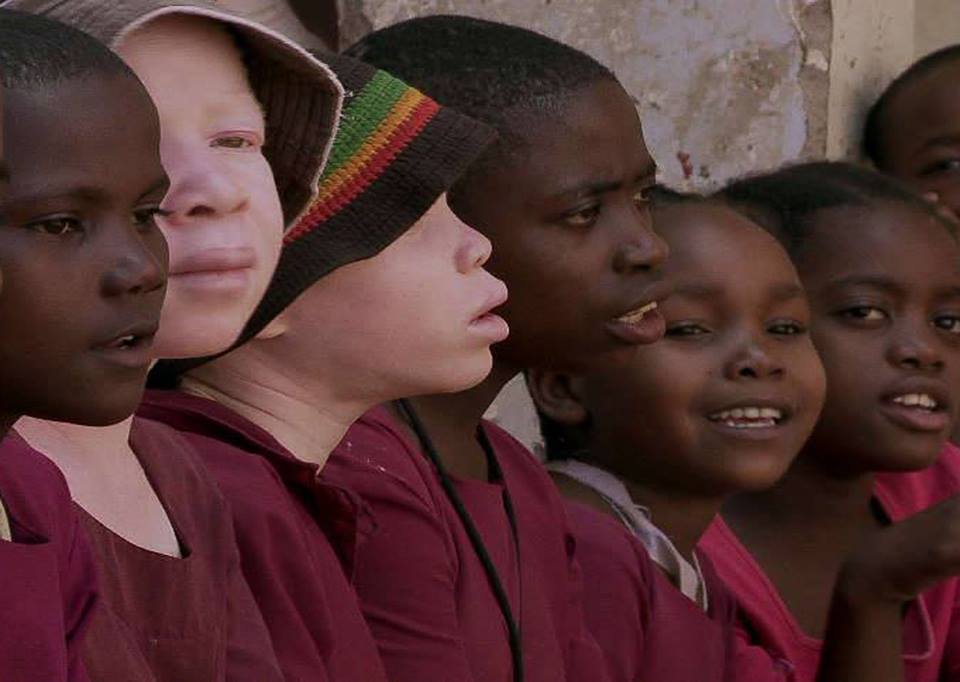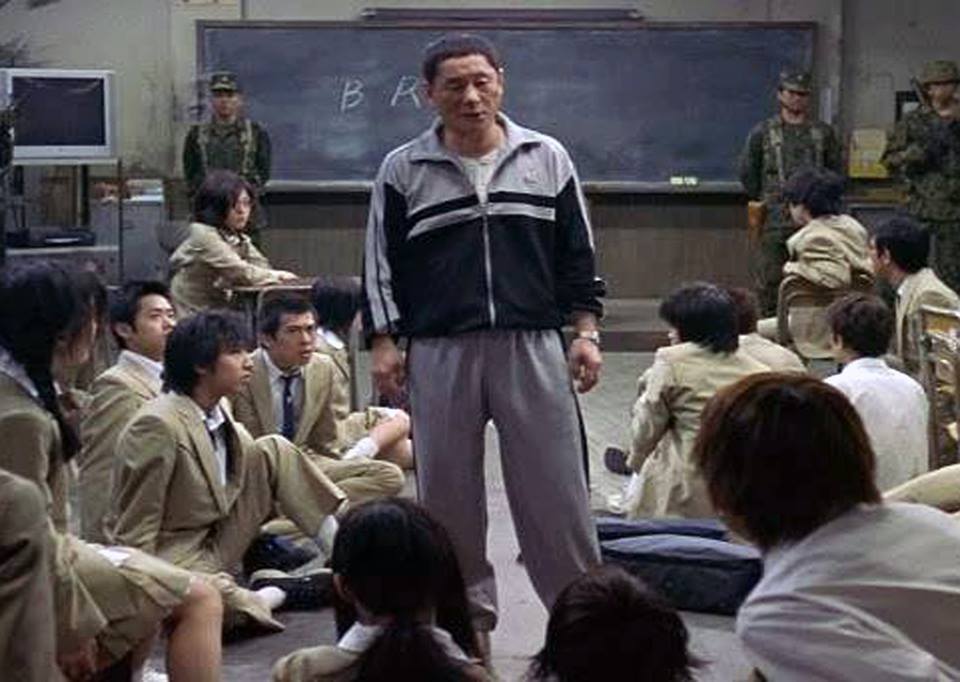curator's noteFor the final MUBIVIEWS of the summer, our writers to consider Vic Sarin’s THE BOY FROM GEITA (2014), a harrowing documentary that examines albinism within Tanzanian culture and the people that are persecuted because of it. NOT SO BLACK AND WHITEMATTHEW WEARSDocumentaries have the unique ability to expose topics that otherwise do not get the attention they deserve. They employ narrative techniques that present their audience with a character or characters that fit into a grander theme. Vic Sarin’s harrowing and uncompromising THE BOY FROM GEITA (2014) does exactly this. However, the documentary struggles to make what should have been an engaging, captivating story into a cohesive piece of work. Difficult editing is arguably the film’s most problematic characteristic, with a lack of focus causing major issues throughout. Many sequences and characters are either hard to follow, or just hard to understand why they made their way into the film in the first place. There are two distinct halves to the documentary with the first following Adam Robert’s tragic life of unimaginable abuse and injustice due to his albinism, whilst the latter half focuses on the intervention of wealthy Canadian entrepreneur, Peter Ash, who also has the same condition. The jump between the two separate characters can be jarring and it is confusing as to what the main focus of the film is. This confusion is increased with the addition of other characters, such as an older male whose introduction at the beginning of the film would have the audience believe he would be a pivotal character throughout. This is also the case for the mother who lost both arms in a horrifically barbaric attack. While her story is shocking, her character is not developed fully at all and, after her story is told, she fades into obscurity. Despite its flaws, THE BOY FROM GEITA still manages to engage its audience enough to get the core message of the film across. The stories are devastating to the point where it is hard to believe they are true, and the film’s unrelenting approach to graphic images only adds fuel to its fight. It must be commended for bringing such a specific and painfully under-discussed topic to light for Western audiences, but could have been executed in a far more cohesive manner in order for it to reach its full potential. Every day this week a different writer will provide their perspective on our MUBIVIEWS film and each post will be open to comments from our readers. Watch THE BOY FROM GEITA on mubi.com until 13 July 2017 and join the discussion!
0 Comments
curator's noteThis week our writers delve deep into the brutal fight for survival in their exploration of Kinji Fukasaka's Japanese teen-horror BATTLE ROYALE (2000). THE GAMES WE PLAYEm HoughtonRespect for one’s elders is an important cultural attitude in Japan and, as the opening scenes of BATTLE ROYALE (Kinji Fukasaku 2000) tell us, delinquent school children have become a serious issue in this dystopian world. This exasperating refusal to follow the rules set out by the older generation results in the BR Act being passed, whereby students are forced to battle to the death until only one remains. By doing so, the film acts as a metaphor for how many young people living in the world feel; they can all too often feel helpless in a world controlled by adults. Graphic violence between children always makes for shocking viewing in both cinema and literature. Examples include the death and subsequent cannibalistic consumption of Piggy in THE LORD OF THE FLIES (Harry Hook 1990) as well as the more contemporary issues presented in THE HUNGER GAMES series (Gary Ross and Francis Lawrence, 2012-). BATTLE ROYALE’s violence is considered more extreme than many other examples, with intensely graphic death scenes as classmates settle old school-born scores. The violence in BATTLE ROYALE questions ethics and morality of adolescents as some children fully participate in The Games and aim to kill as many others as possible, while others refuse to partake and resort to suicide. The film creates a powerful dichotomy of peace and chaos; amongst the harrowing violence, death and destruction the children form friendships and even romances with each other. Child violence is always viewed as shocking when displayed on screen as it challenges normal societal expectations for how children should act. It is even more so, when the children are becoming violent as an act of rebellion against the adults holding them to these expectations. Every day this week a different writer will provide their perspective on our MUBIVIEWS film and each post will be open to comments from our readers. Watch BATTLE ROYALE on mubi.com until 30 May 2017 and join the discussion!
|
MUBIVIEWSOne MUBI film, five perspectives, endless possibilities. Archives
July 2017
Categories
All
|




 RSS Feed
RSS Feed
